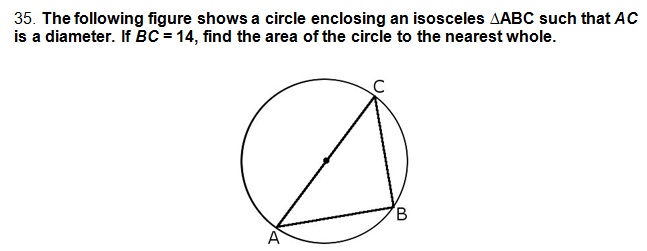
Yes! A 1600 is not just a good SAT® score, it’s a perfect SAT® score. For just SAT® test takers, it’d be a 910. Looking at the nationally representative sample, this is between 870 and 880. Looking at just SAT® test takers, the 50th percentile SAT® score would be between a 10.Ī bad SAT® score is quite subjective, but if you were looking at it from a percentiles standpoint, it could be any score below the 25th percentile. Using the nationally representative sample, you’d find this to be a 1010. The latter number applies the actual scores of students in the past three graduating classes to the latest SAT®.Ī decent SAT® score would probably be something around the 50th percentile. The former number compares how students did on the SAT® to an overall sample of all students grades 11-12, regardless of whether or not they took the SAT®.

The 70th percentile SAT® test taker is 1170. When you review the 2019 SAT® score trends, you see the nationally representative sample average SAT® score is 1120. Generally, in our opinion, anything that falls into the top 30% of graduating high school students should be considered a good SAT® score. That being said, if you’re applying to Michigan State University with that same score, that would be competitive for your college application. For example, if you’re applying to Harvard and have a 1200 SAT® score, it’s unlikely you’ll get in since Harvard’s average score is typically over 1500. What is a good SAT® score? Decent score? Bad score?Ī good SAT® score really depends on the student and their aspirations. SAT® scale scores are how your raw scores translate when converted to section scores - these are between 200-800 for the two sections (Evidence-Based Reading and Writing and Math), to give you a total SAT® score between 400-1600. The SAT® does not have a guessing penalty and only cares about the total number of correct answers. What’s the difference between SAT® raw scores and SAT® scale scores? How are they calculated?Īs noted in the prior question, SAT® raw scores are equivalent to the number of correct answers you got in a section. This means your total SAT® score can range from 400-1600. This is then converted using a scoring chart to output your Math Section Score (between 200-800). For this section, you add the raw score (the number of correct answers) from both the no calculator and calculator sections to get your math section raw score. This number is multiplied by 10 to get your Evidence-Based Reading and Writing Section Score (between 200-800).įinally, there is your math score. From your raw score, a Writing and Language Test Score is calculated between 10-40.Īdding your Reading Test Score and Writing and Language Test Score becomes your Reading and Writing Test Score (which ranges from 20-80). This is equal to the number of questions you get right out of the 44 questions in this section. Next, there is your writing and language test raw score. From your raw score, a Reading Test Score is calculated between 10-40. This raw score is equivalent to the number of SAT® Reading questions you get correct on the test (there are 52 in total). When calculating your SAT® score, there are a few key components:įirst, there is your reading test raw score.


The test went back to being scored out of a total possible 1600 points. When the SAT® revamped in March of 2016, scores became easier to calculate.
#SAT MATH PRACTICE TEST 3 FOR FREE#
If you’re looking for free help as you start your SAT® test prep, be sure to explore our SAT® sections for more review articles ( Math, Reading, Writing ) How do you calculate SAT® scores?


 0 kommentar(er)
0 kommentar(er)
